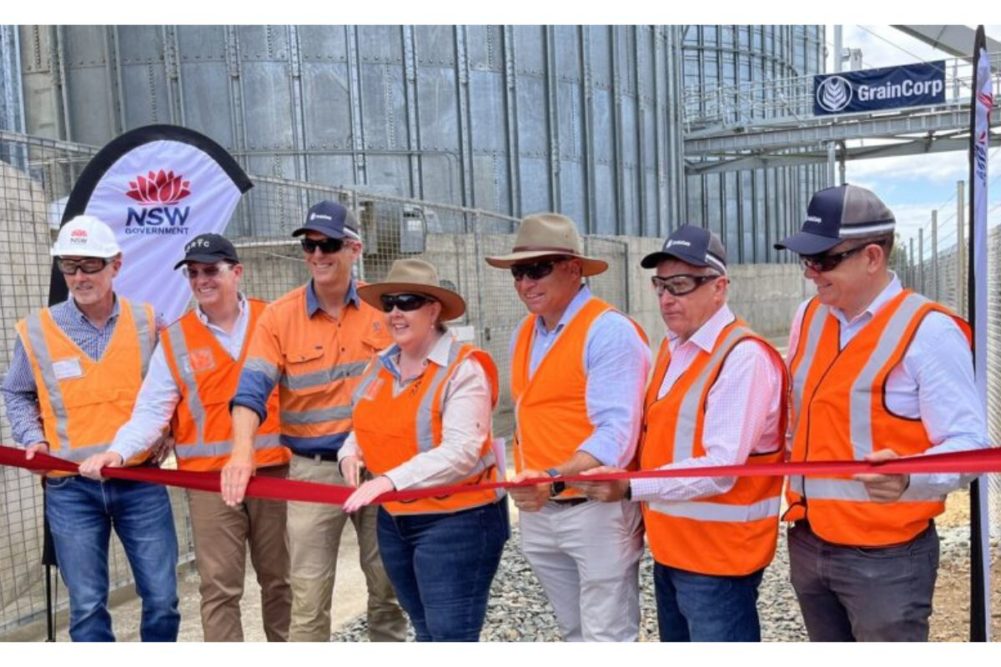SYDNEY, AUSTRALIA — GrainCorp has completed an A$6.2 million rail upgrade to its Red Bend grain handling and storage facility, adding an extra 400 meters to the siding, allowing a 48-wagon train to be loaded in two 24-wagon sections without encroaching on the main line.
Located just south of Forbes, New South Wales, Australia, the Red Bend siding upgrade allows larger trains to exit the main line to load and unload tonnes of grains such as wheat, barley and canola.
Previously, the shorter siding length could only accommodate a 20-wagon train, adding substantial time to the process. The project also increased loading capacity and improved the cycle times of trains from up to 72 hours down to 36 hours.
“The region is a significant grain growing area in NSW, and the GrainCorp site receives on average 120,000 tonnes per harvest season,” said Nigel Lotz, general manager of operations at GrainCorp. “It’s important for local growers to have access to critical export markets as well as domestic customers in bigger years, and to be able to take advantage of the pricing benefits of a quick train cycle to the ports.”
Based in Sydney, Australia, Grain Corp has the largest regional accumulation, storage and handling network on the east coast of Australia. The company operates more than 150 receival sites with a combined storage capacity of more than 20 million tonnes.
GrainCorp estimated the Red Bend upgrade will divert 26,000 tonnes of grain annually from trucks to trains, which would remove an estimated 660 truck movements from Central West roads, contributing improved safety.
The Red Bend rail improvement project was supported by an A$5.14 million investment from GrainCorp, A$970,000 from the NSW Government’s Fixing Country Rail Program and an in-kind contribution of A$90,000 from the Australian Rail Track Corp. (ARTC).
“ARTC is pleased to support farmers to get their produce to local and international markets more efficiently,” said Simon Ormsby, group executive interstate network for ARTC. “It’s good business for farmers and great for the community because it means more freight on rail and less trucks on our roads.”






